PPT-Teachers in the Schoolhouse
Author : alida-meadow | Published Date : 2015-11-11
P anopticon Complicity and Resistance Mary Bushnell 2003 BY LaTrenda Terrell The article discusses educational reforms subordinating elementary school teachers
Presentation Embed Code
Download Presentation
Download Presentation The PPT/PDF document "Teachers in the Schoolhouse" is the property of its rightful owner. Permission is granted to download and print the materials on this website for personal, non-commercial use only, and to display it on your personal computer provided you do not modify the materials and that you retain all copyright notices contained in the materials. By downloading content from our website, you accept the terms of this agreement.
Teachers in the Schoolhouse: Transcript
Download Rules Of Document
"Teachers in the Schoolhouse"The content belongs to its owner. You may download and print it for personal use, without modification, and keep all copyright notices. By downloading, you agree to these terms.
Related Documents

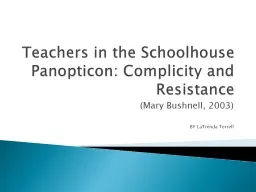
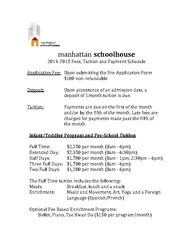
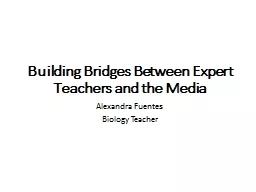
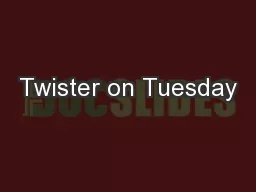
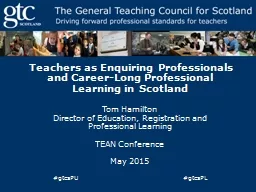
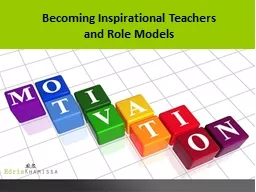
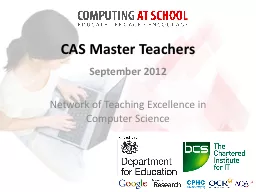
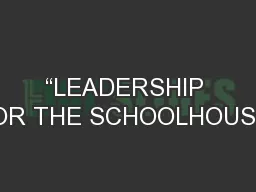
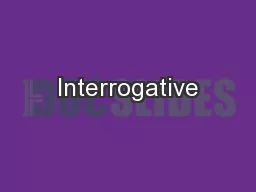


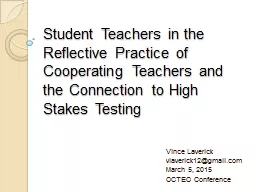

![[READ] My Schoolhouse Is A Ghost Town: A Teacher\'s Story Through Reform](https://thumbs.docslides.com/1004572/read-my-schoolhouse-is-a-ghost-town-a-teacher-s-story-through-reform.jpg)